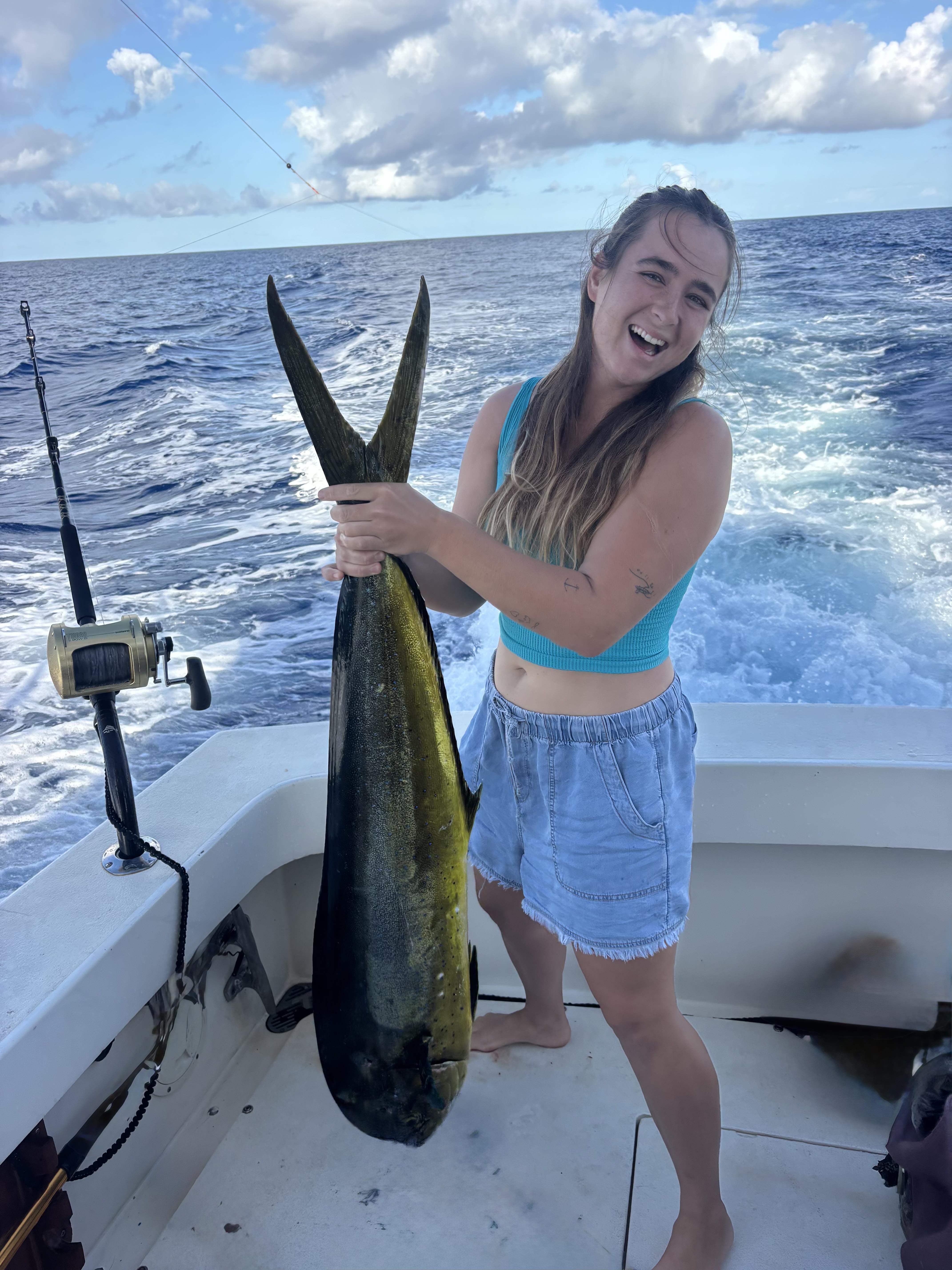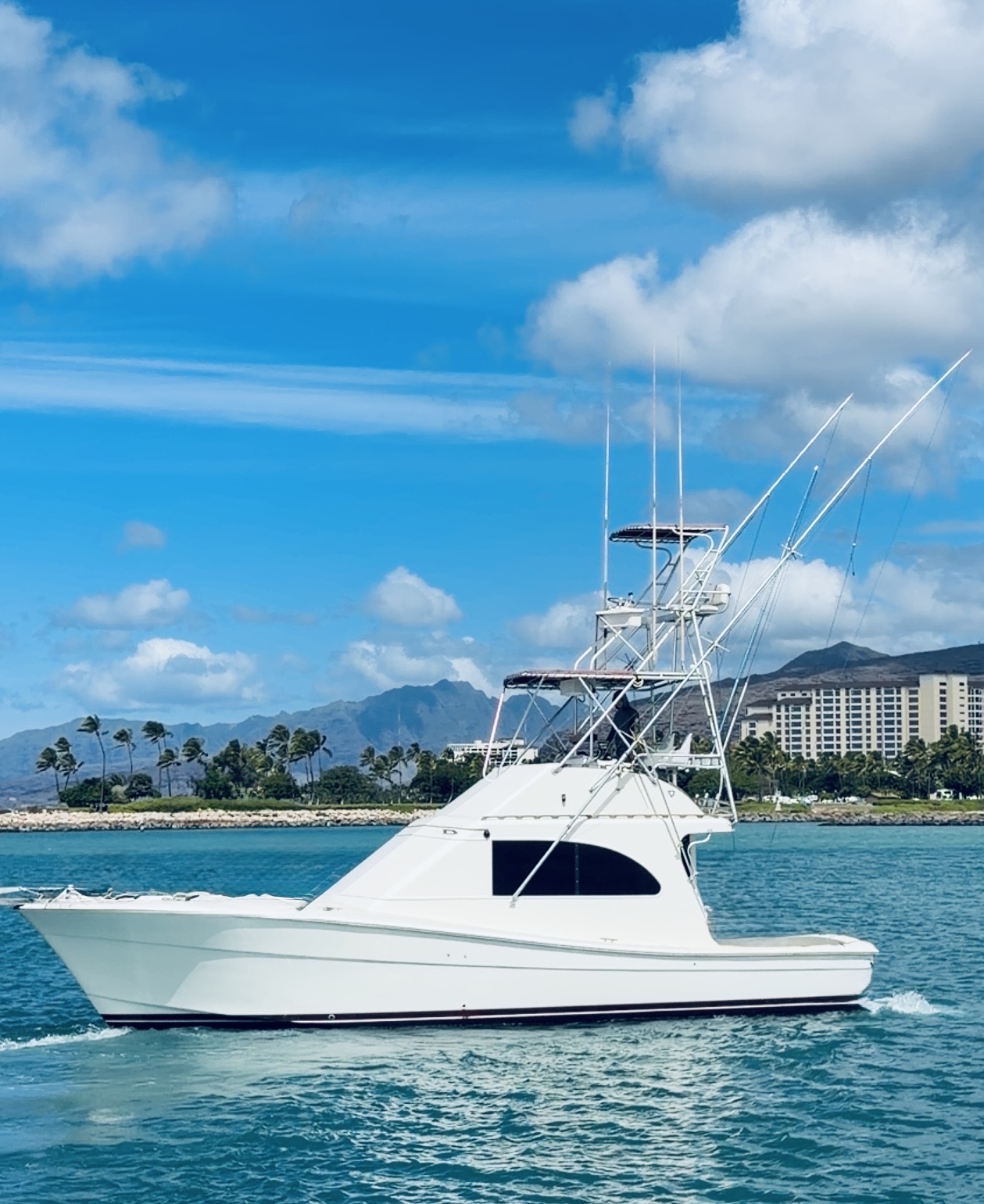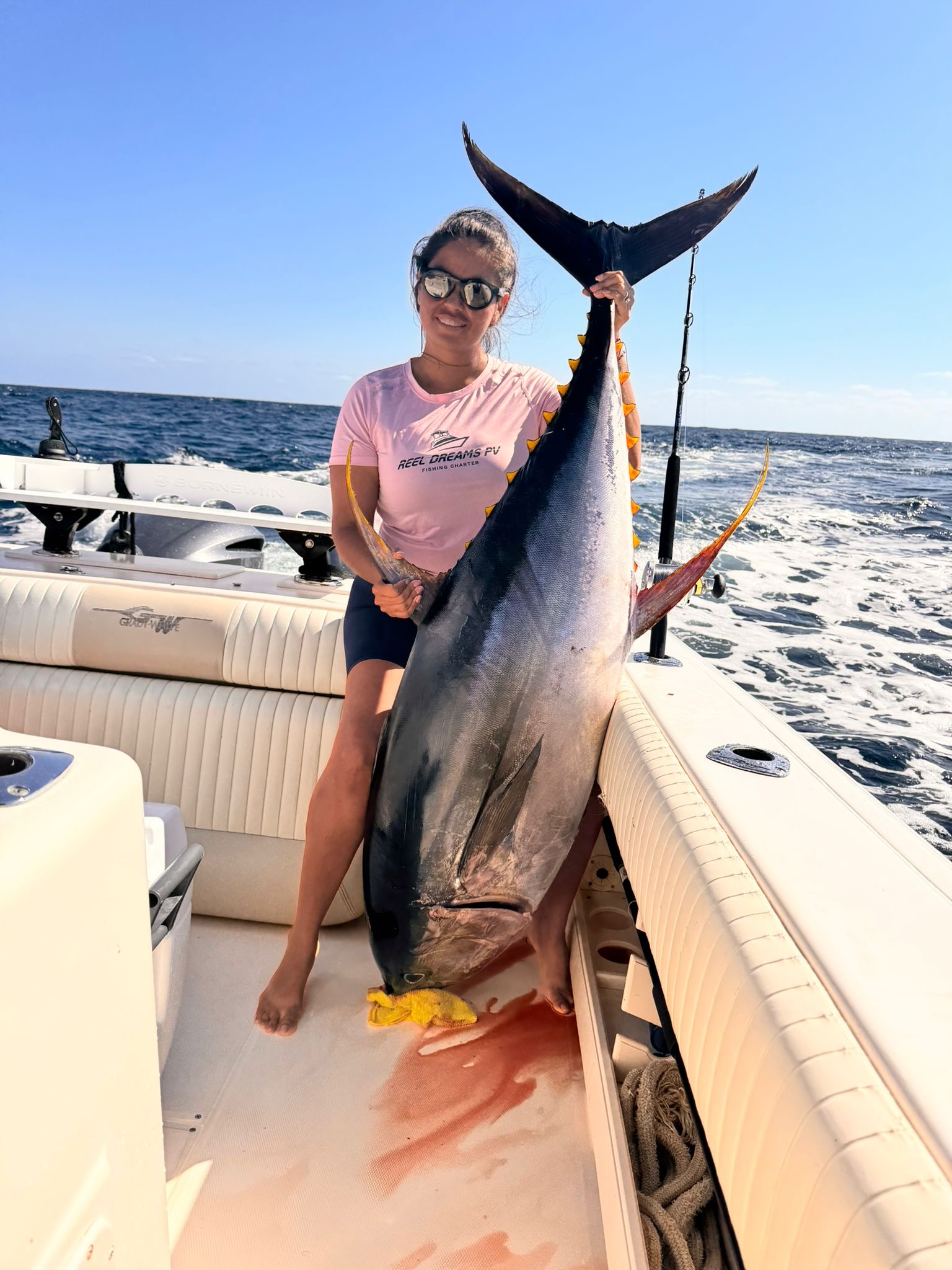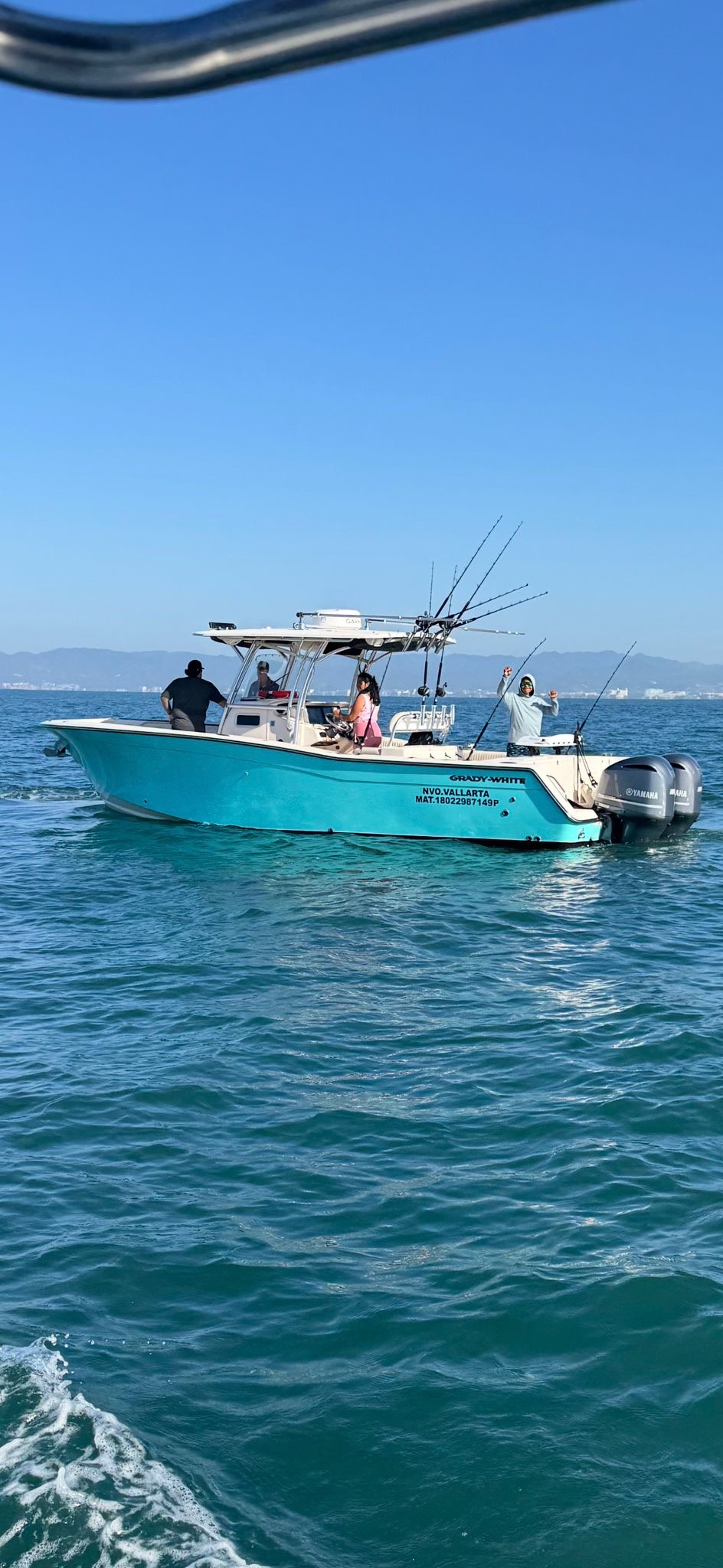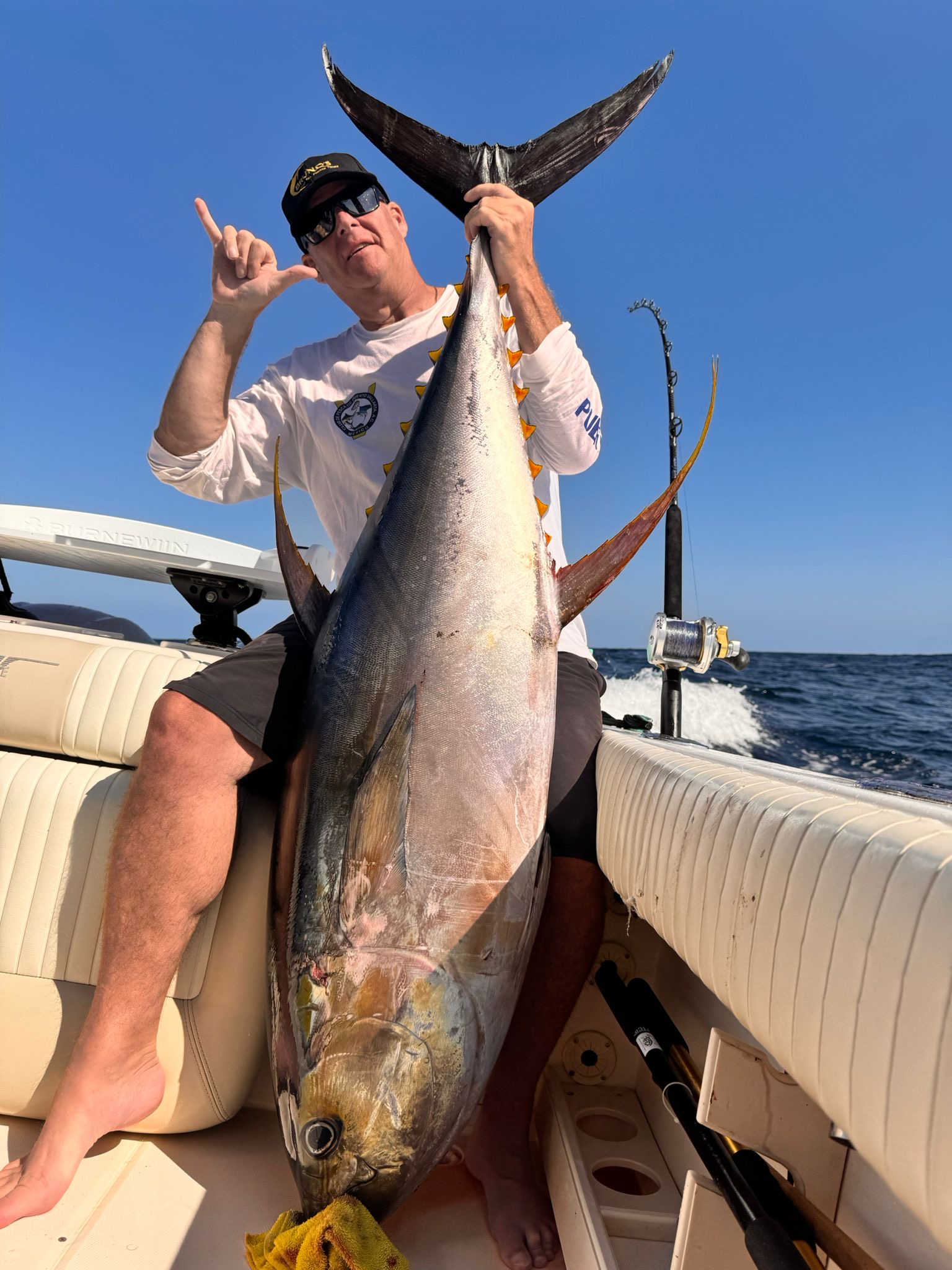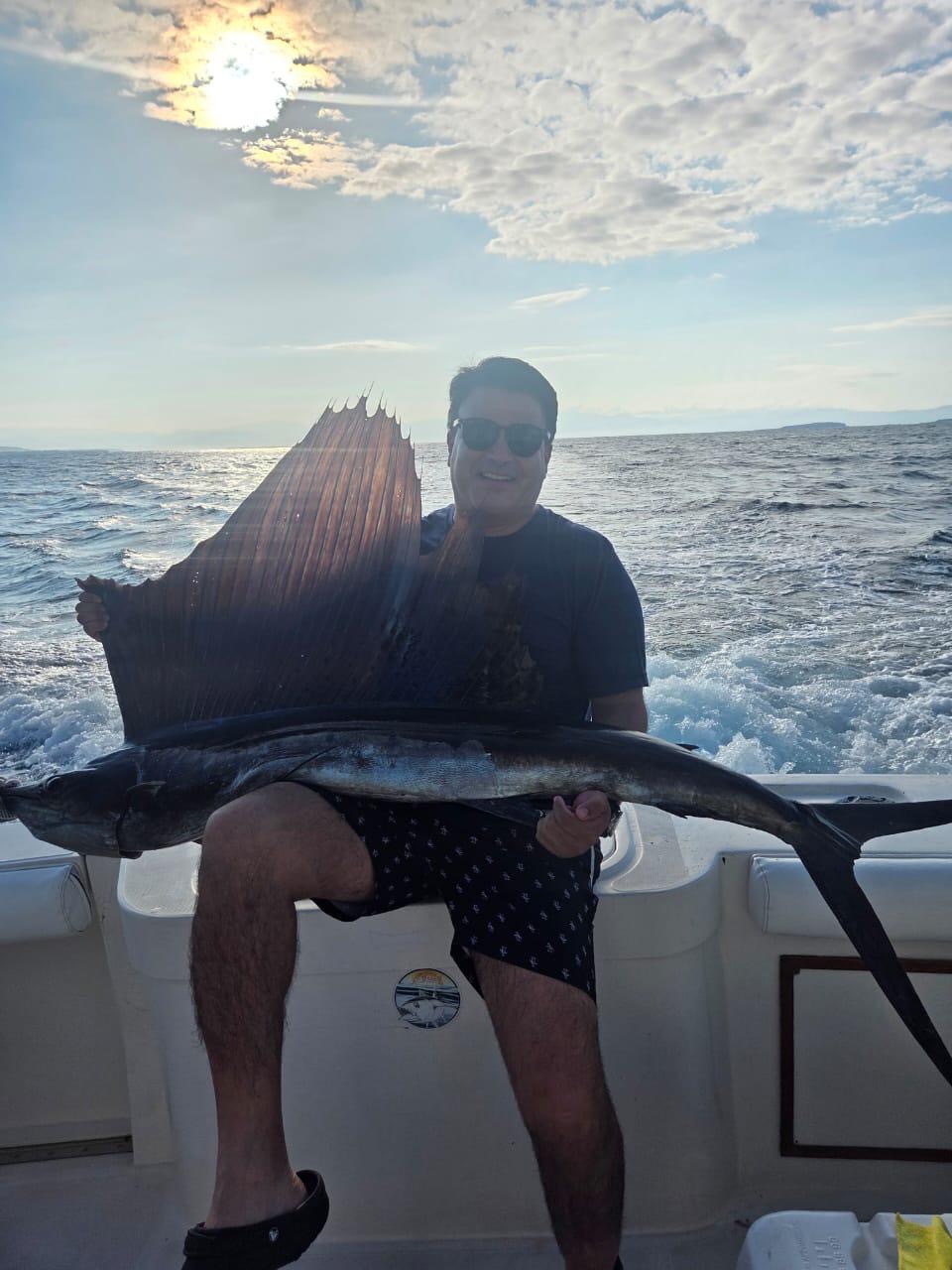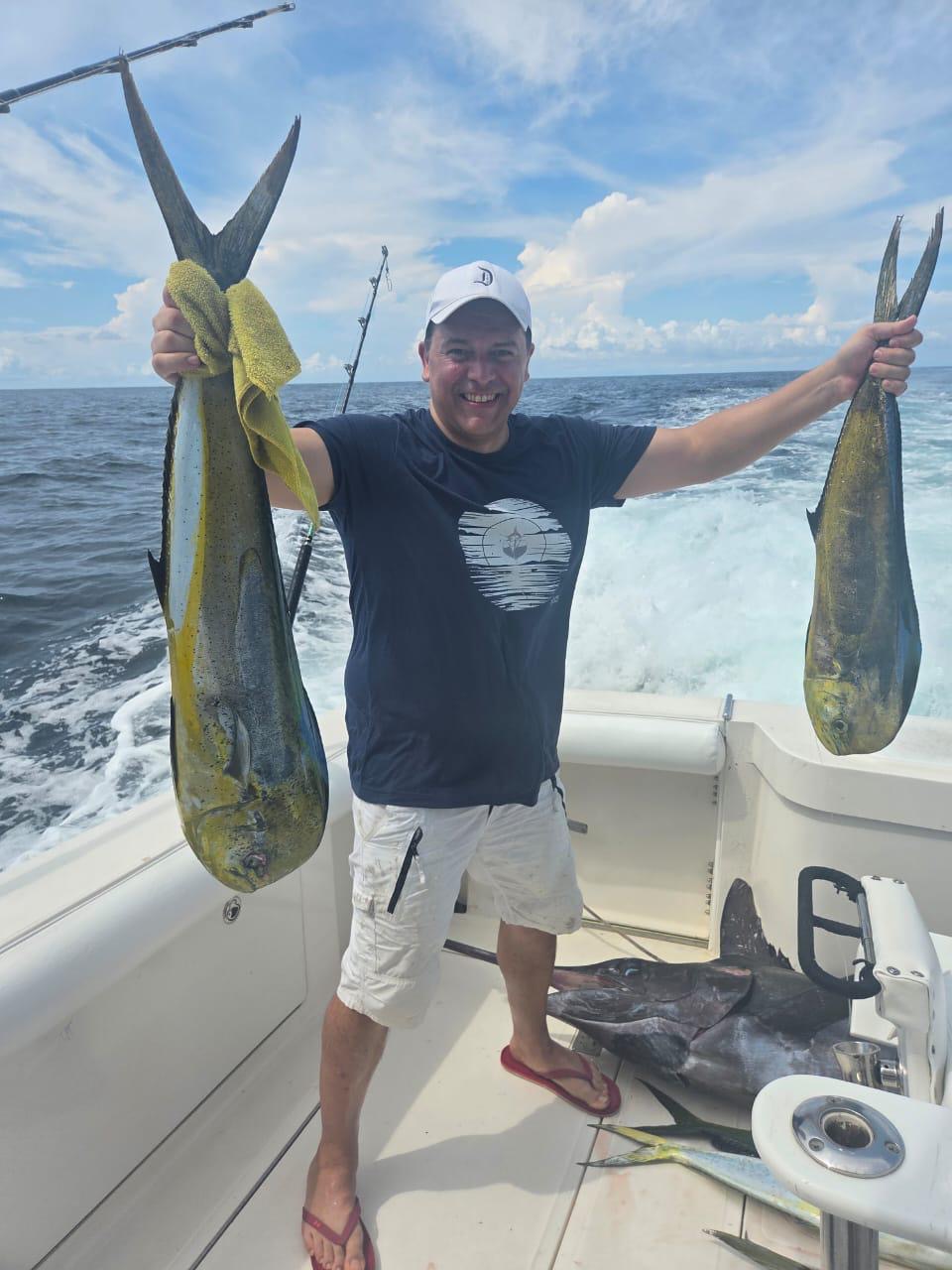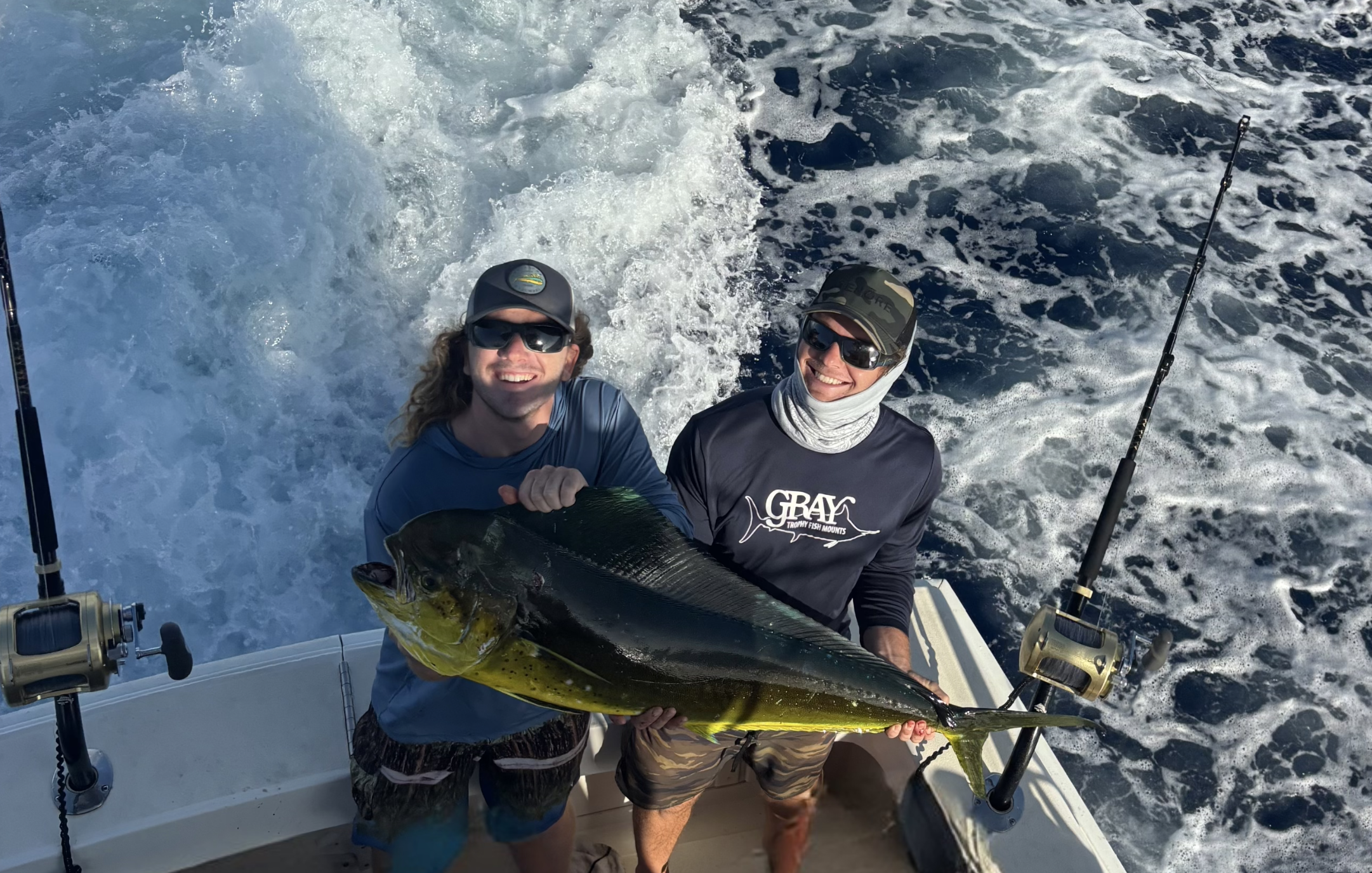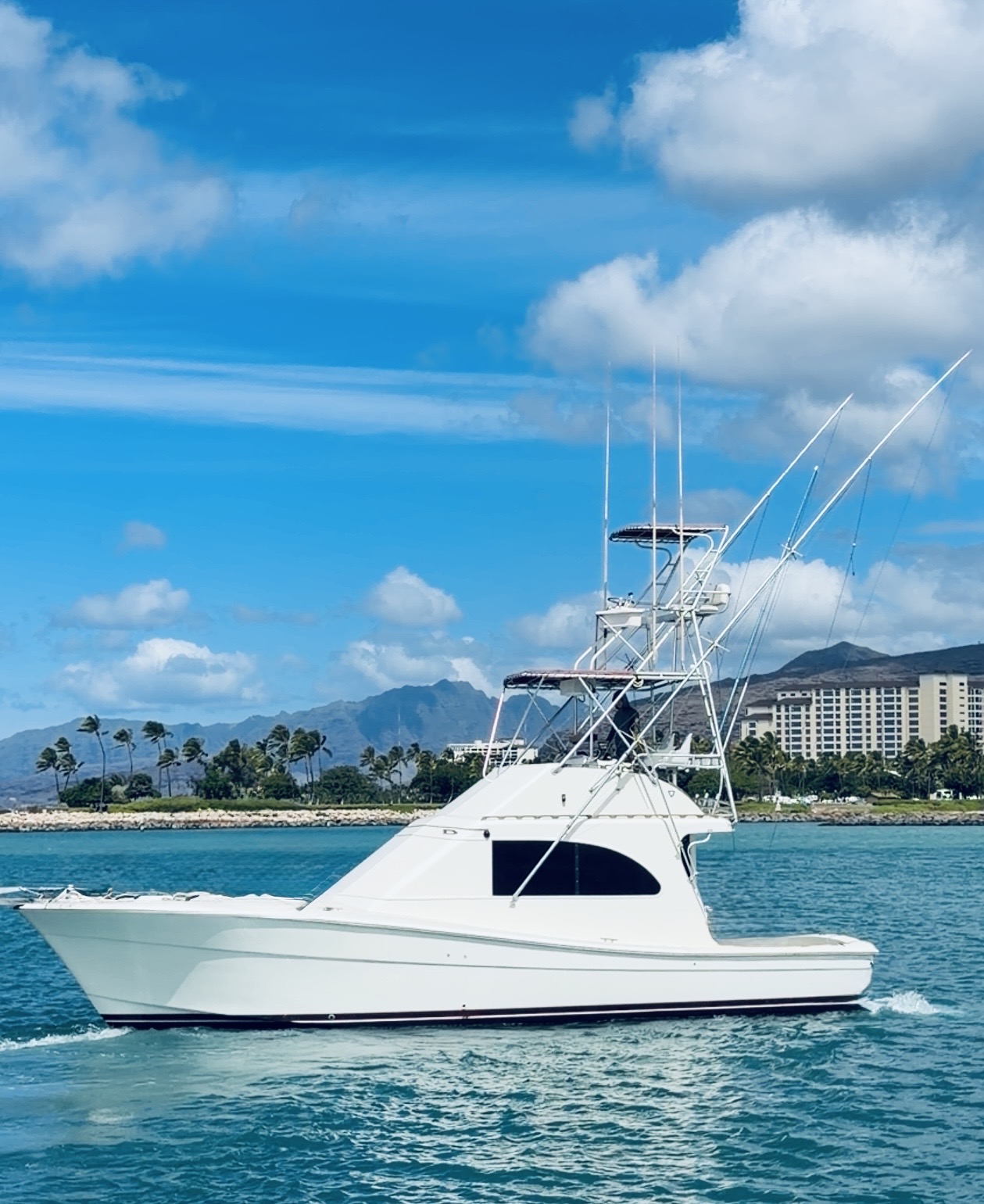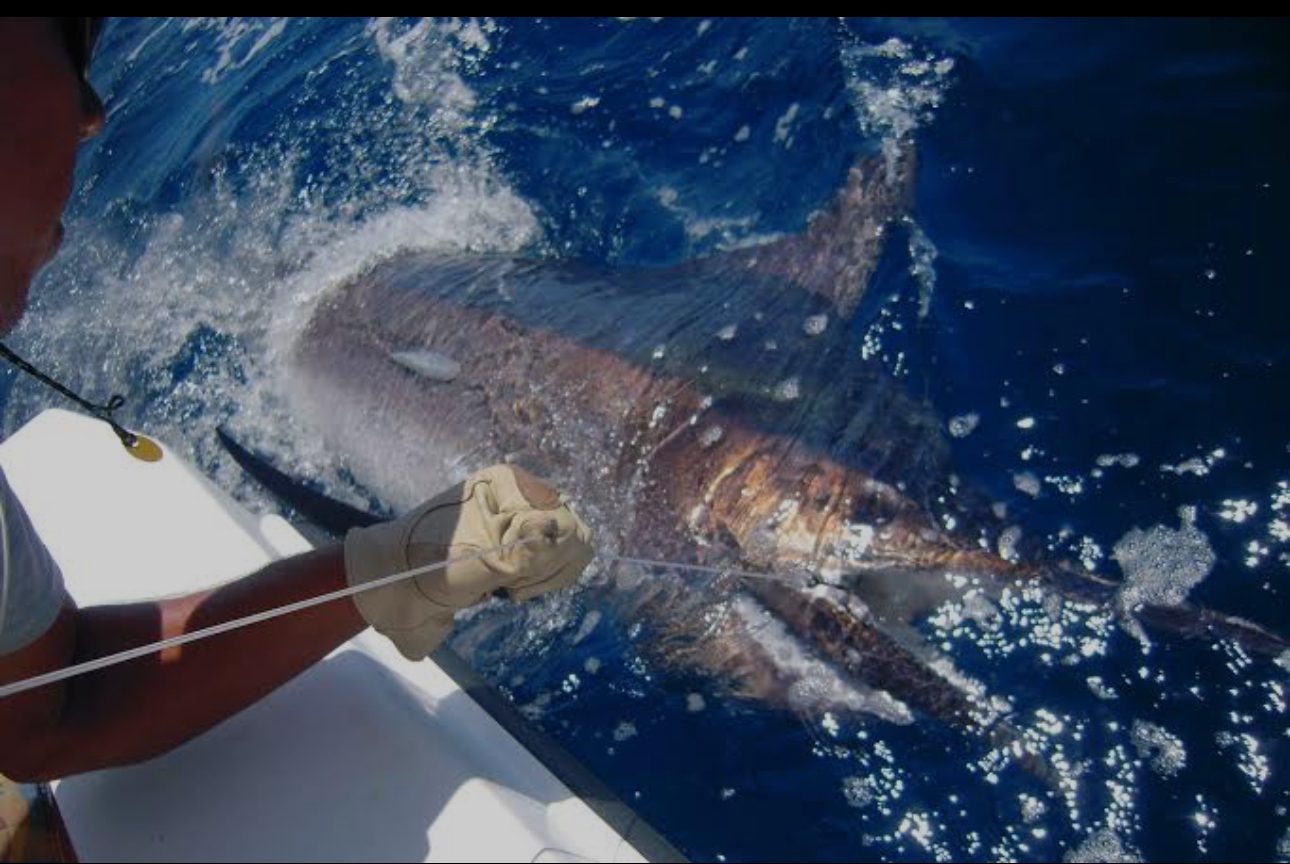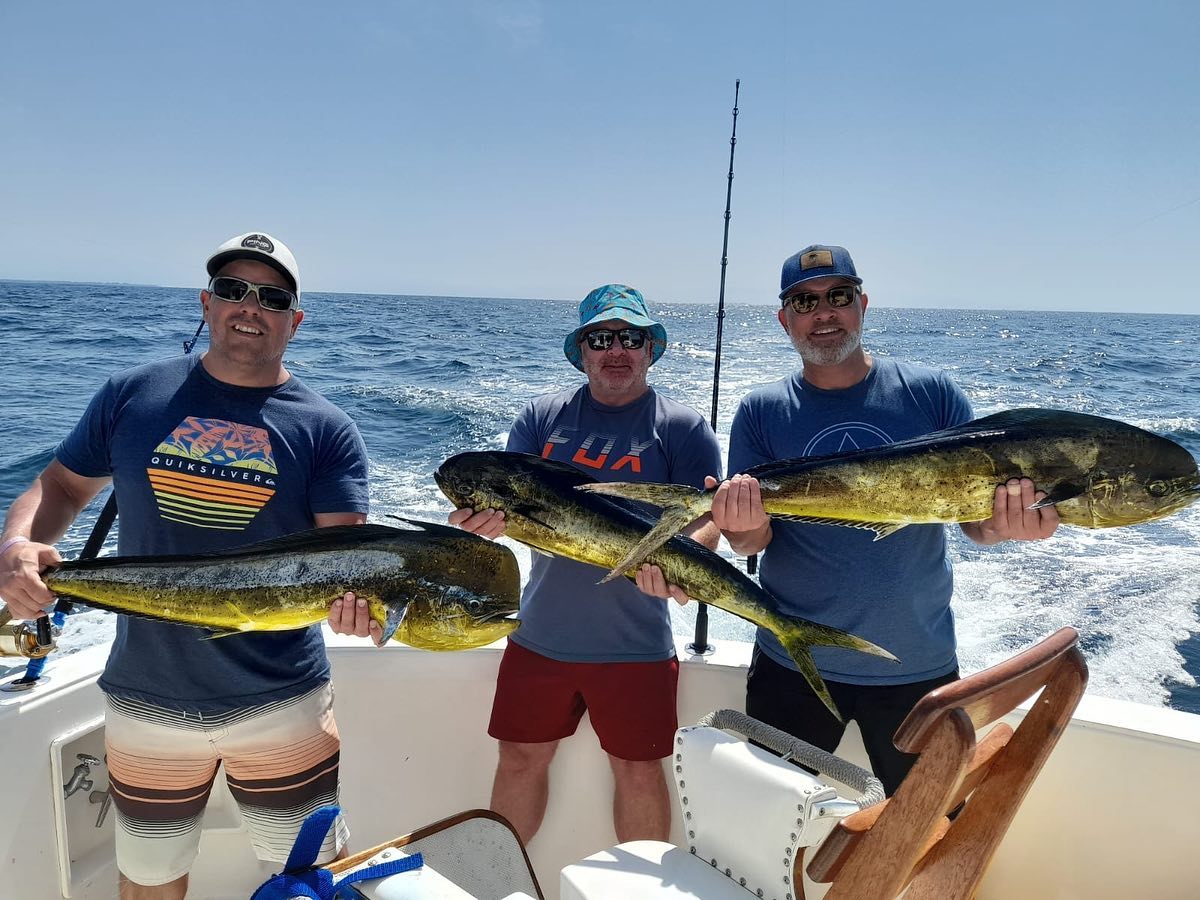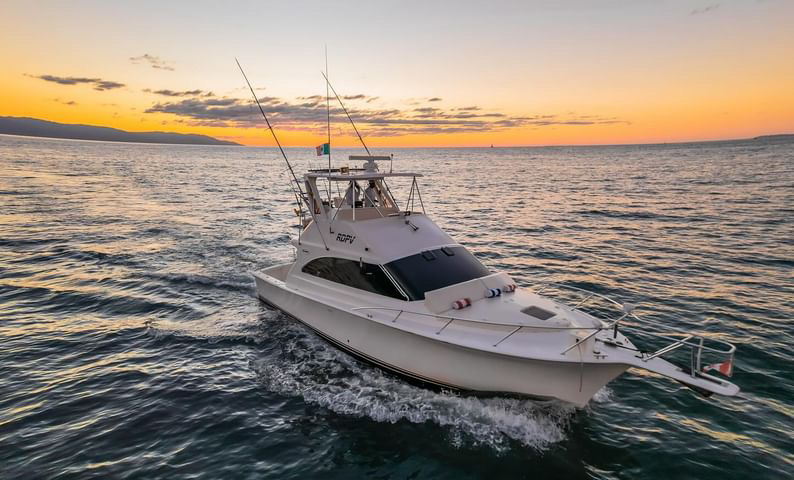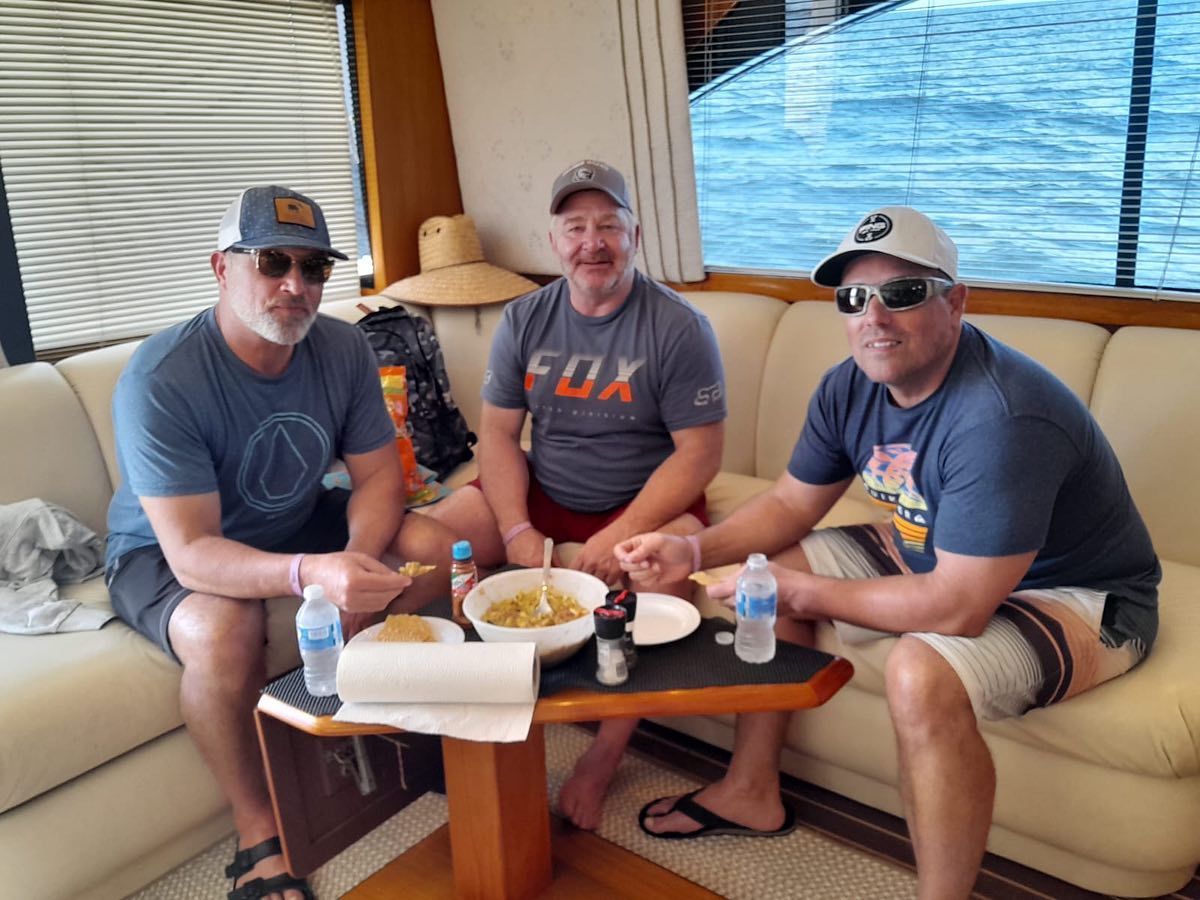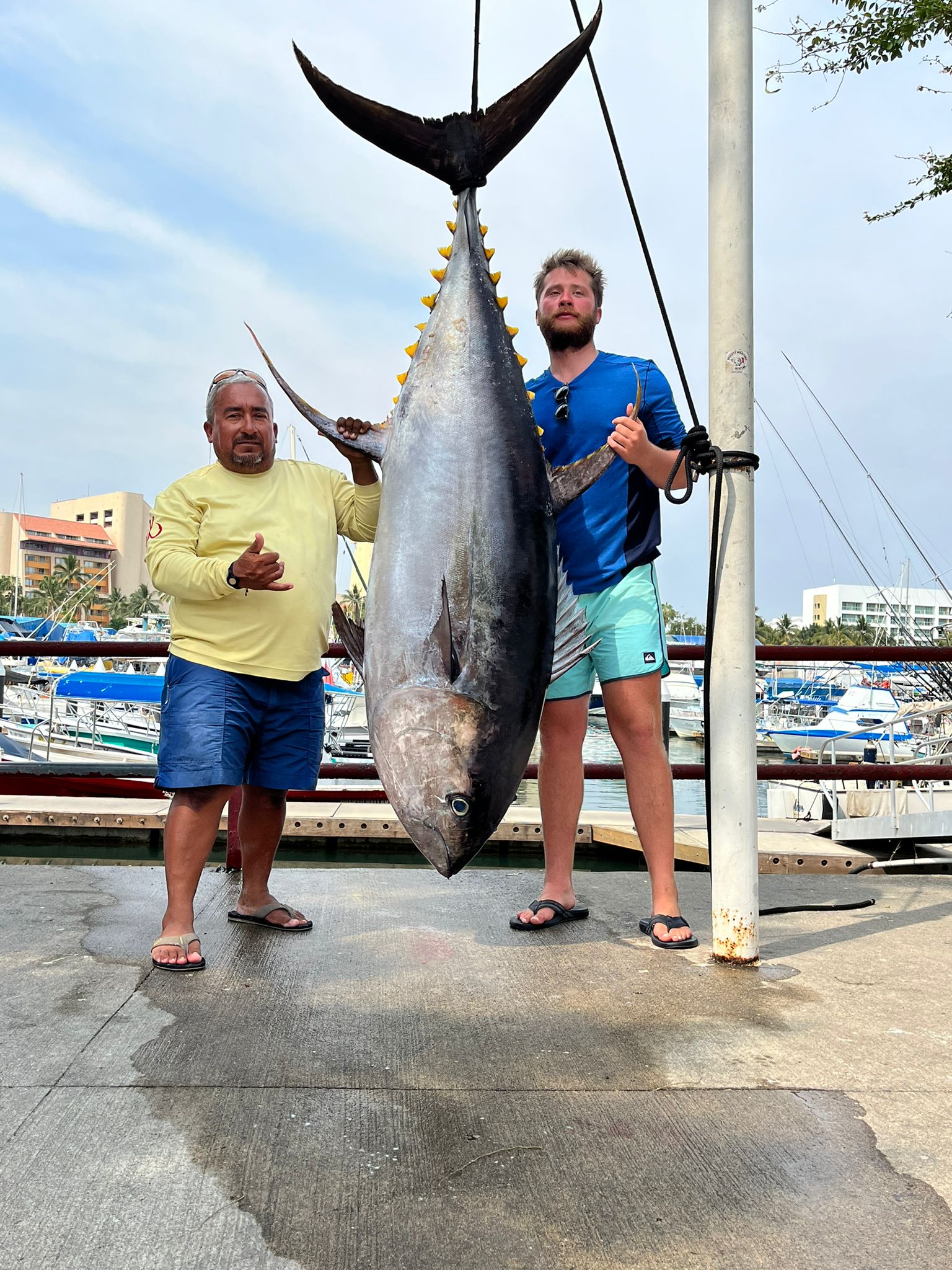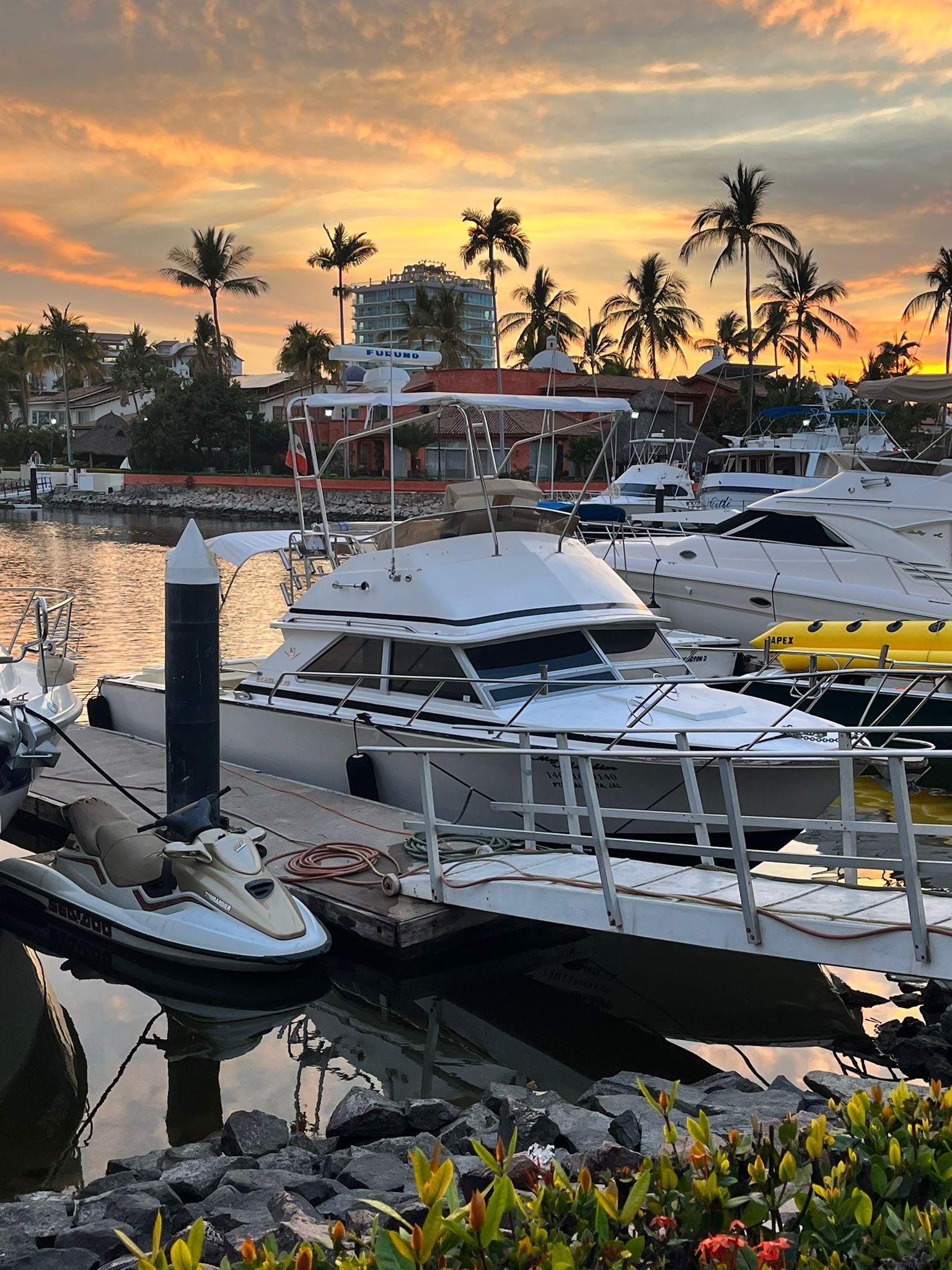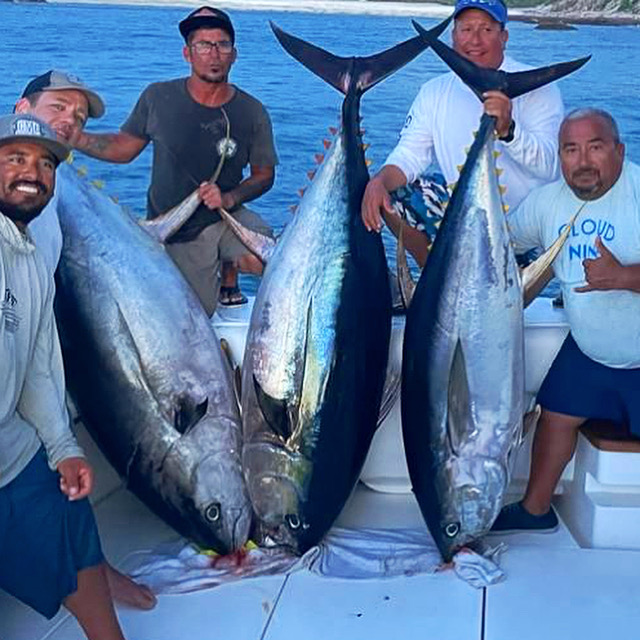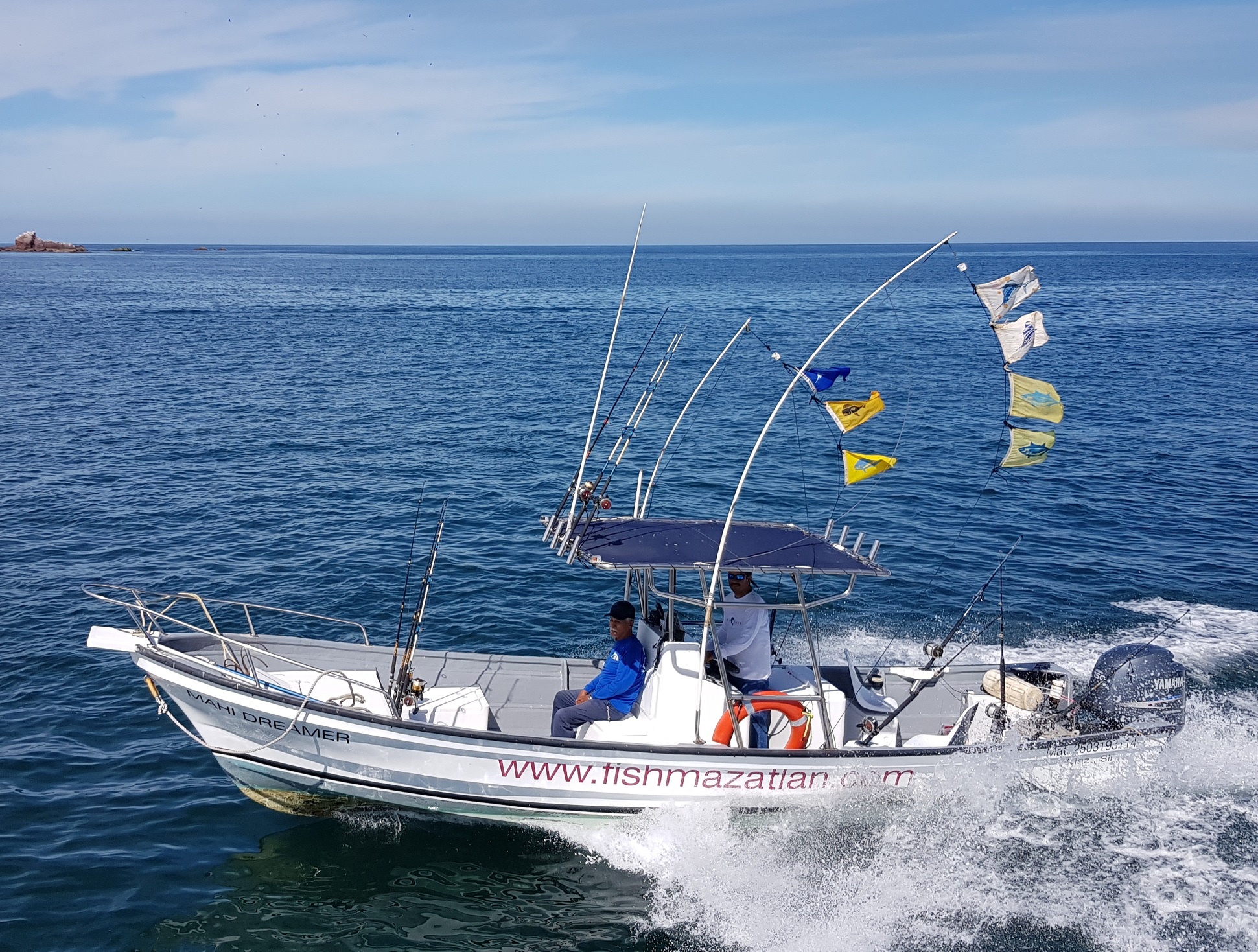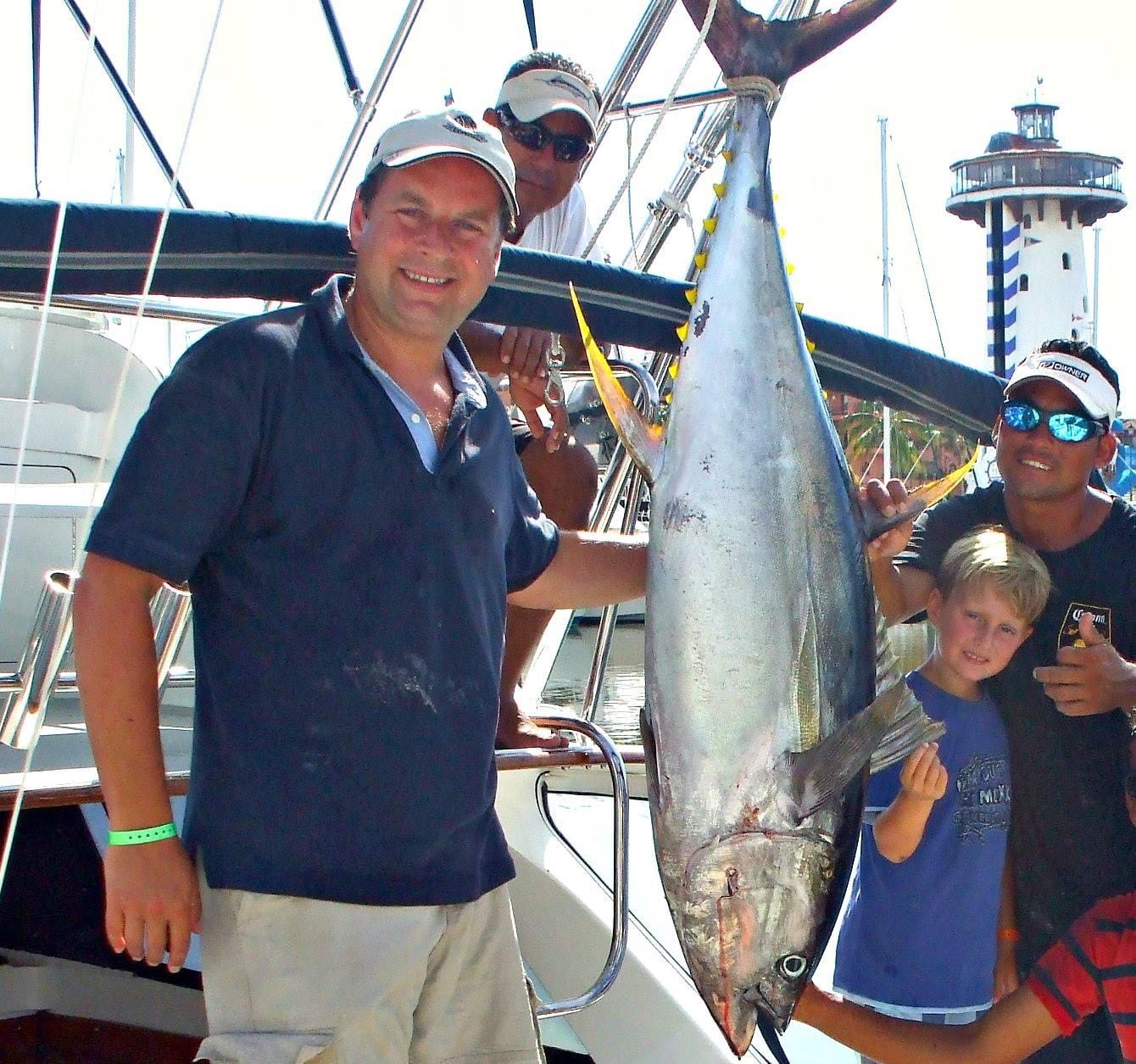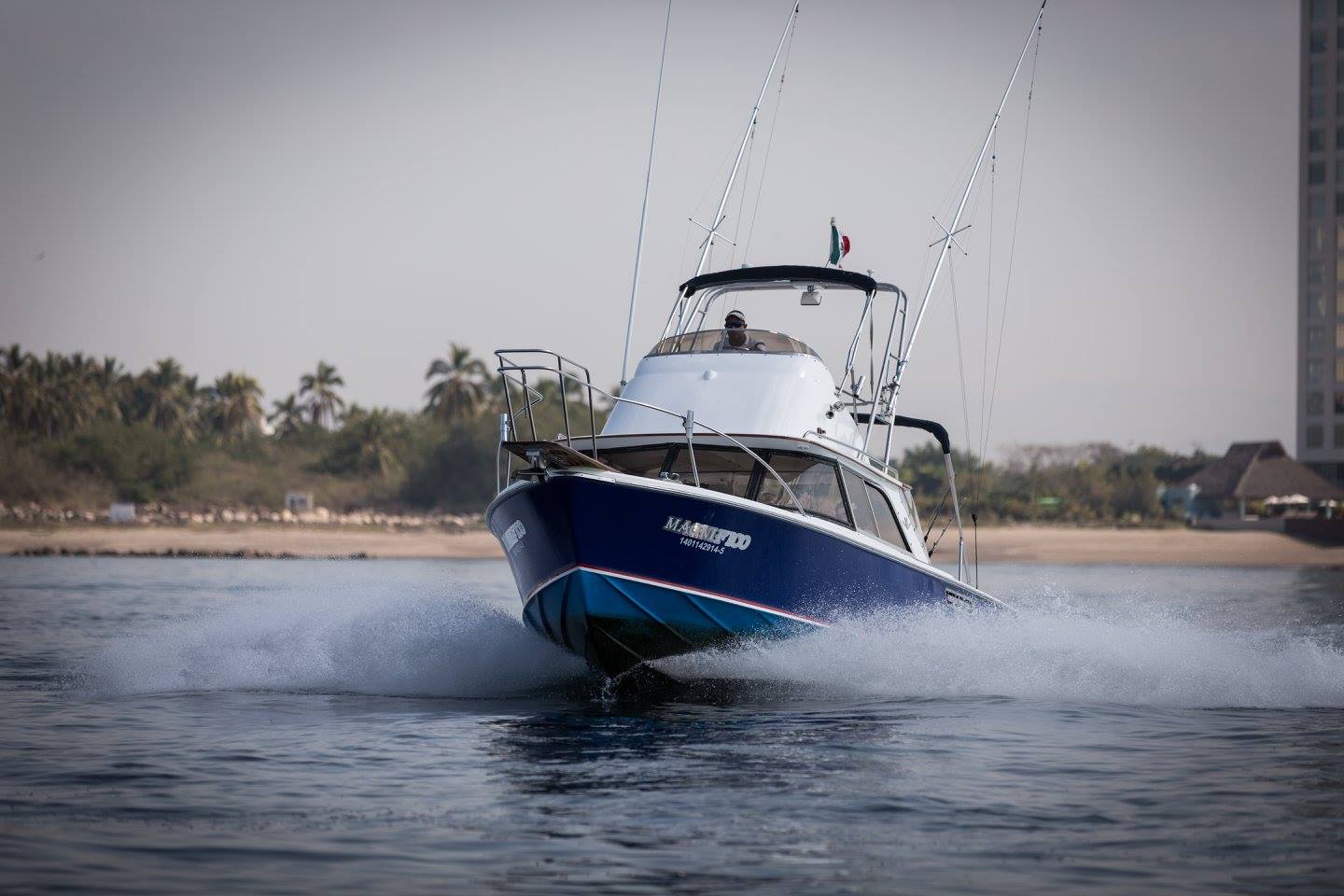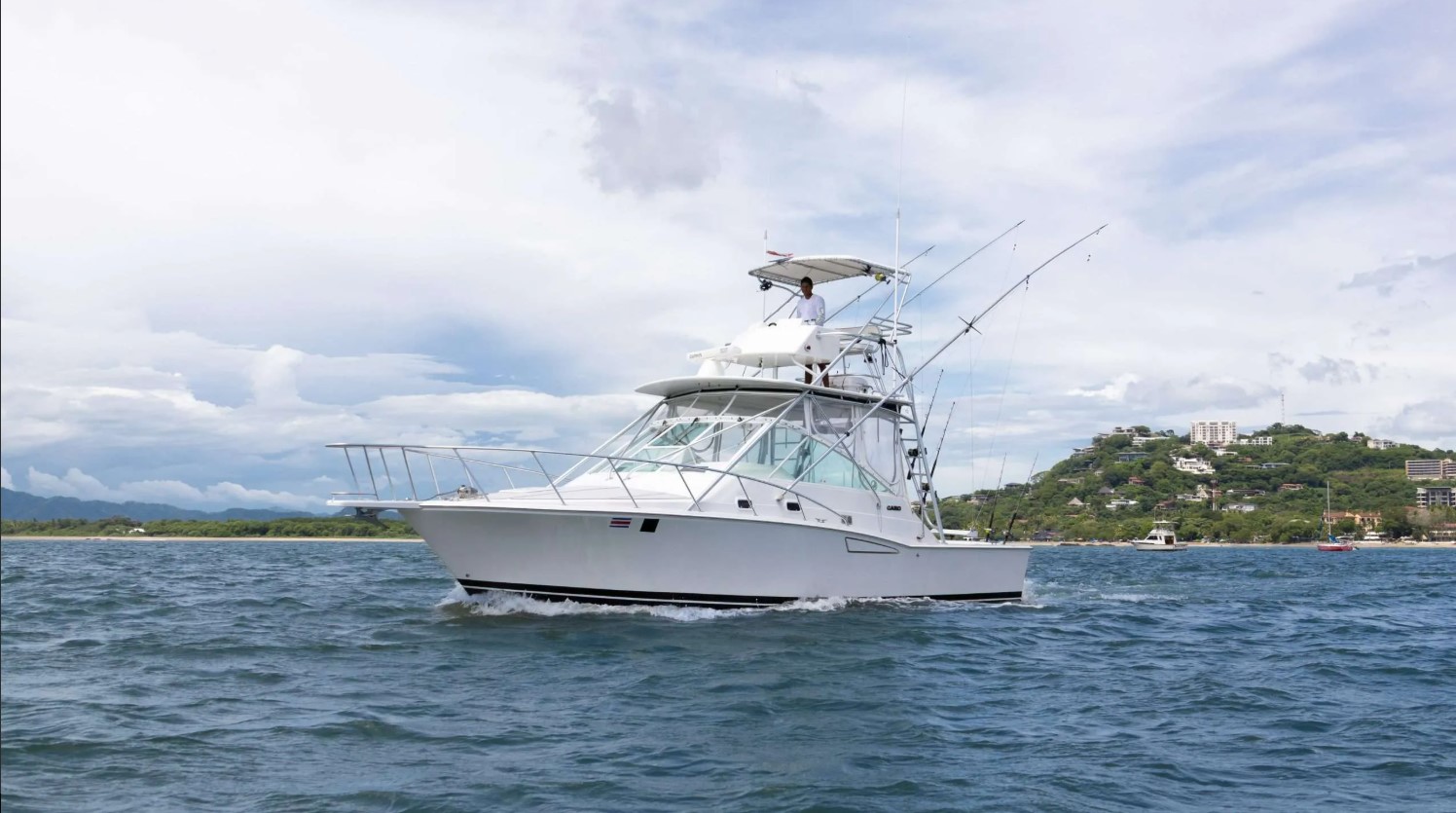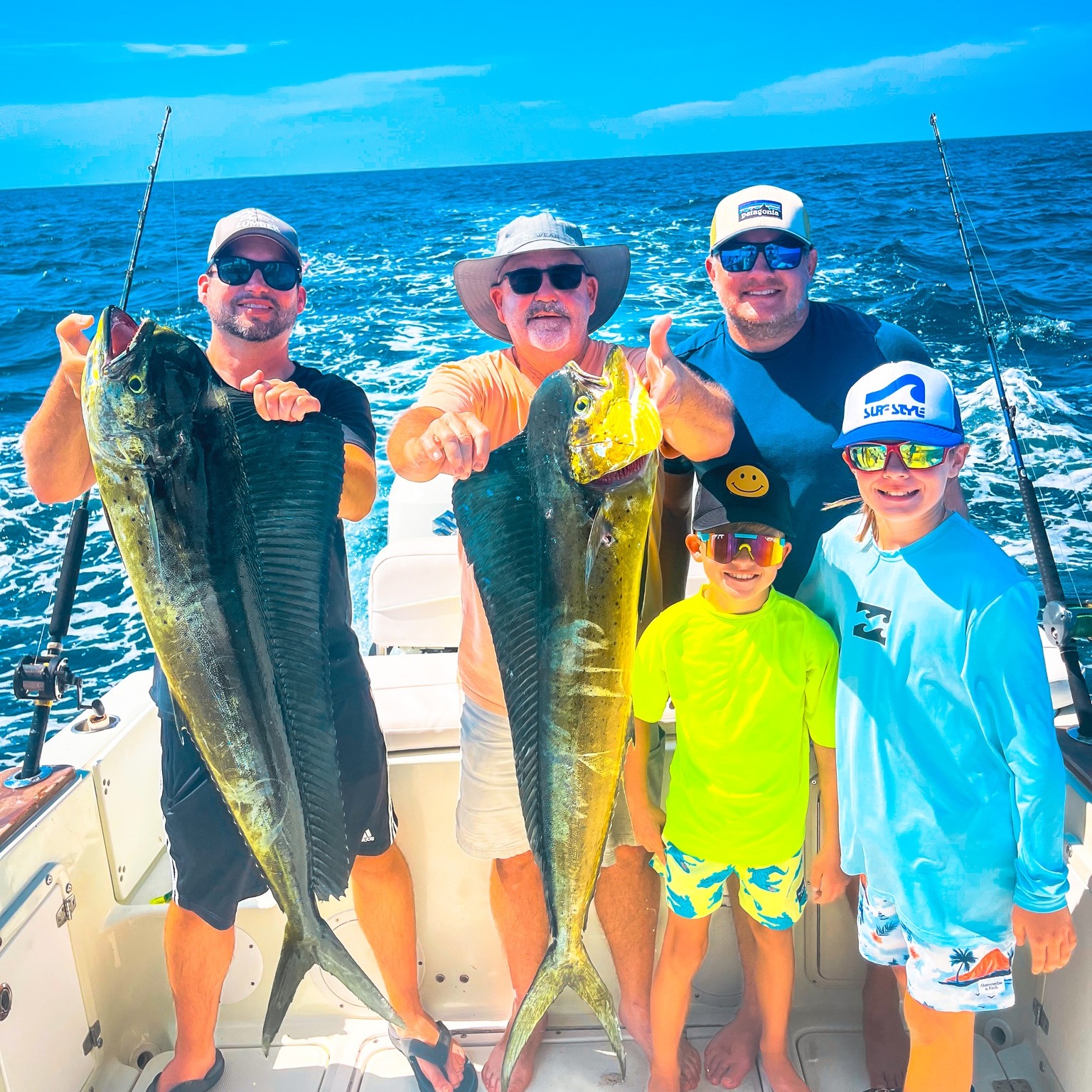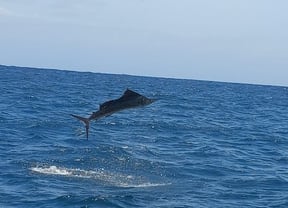Deep Sea Fishing in Kailua-Kona
Half Day Charter 4 Hours
Deep Sea Fishing in Puerto Vallarta
31 Ft Grady White Deep Sea Fishing
Deep Sea Fishing in Puerto Vallarta
Deep Sea Fishing 12 Hrs Luxury 35
Deep Sea Fishing in Kailua-Kona
Full Day Charter 8 Hours
Inshore, Deep Sea Fishing in Cruz de Huanacaxtle
Luxury 40 Ft Yacht La Cruz
Deep Sea Fishing in Corral del Risco
Punta Mita Fishing Charter
BIG GAME FISHING IN MAZATLAN, MEX
Deep Sea Fishing in Nuevo Nayarit
Big Game Fishing Nuevo Vallarta
Deep Sea Fishing in La Cruz de Huanacaxtle
Deep Sea Fishing 12hrs La Cruz
Deep Sea, Nearshore Fishing in Tamarindo
Big Game Fishing In Tamarindo
We started Captain Experiences to make it easy to book fishing and hunting guides around the world. With over 2,000 Damn Good Guides, our platform makes finding and booking a trip seamless. Head here to check out our trips.
Fishing for Marlin
Marlin are some of the most sought after trophy fish for anglers around the world. Their size, strength, and elusive behavior will test the skills, endurance, and mind of any angler. These fish weigh hundreds and sometimes thousands of pounds and are better measured in feet than inches. These behemoth predators require the heaviest of tackle and are often considered the ultimate sportfish.
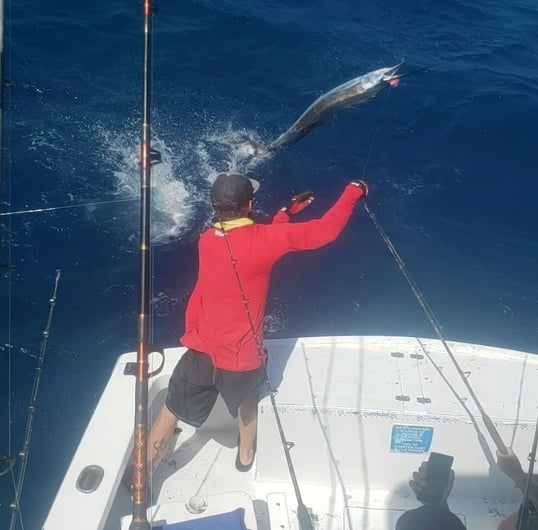
The Four Marlin Species & Where to Catch Them
Blue marlin are found in both the Atlantic and Pacific Ocean and have a deep blue color and sometimes feature vertical stripes. Black marlin are found in the Pacific Ocean and have a darker black coloration. While black marlin don’t have stripes the do grow to a similar maximum size of blue marlin of around 15 feet long and over 1,500 pounds.
Striped marlin are also found in the Pacific Ocean and features prominent stripes on its side along with an exceptionally tall dorsal fin. These fish are also typically much smaller than blue marlin, topping out around 12 feet long and 450 pounds. White marlin on the other hand are found in the Atlantic ocean and have rounded fins. These are also the smallest of the Marlin species and only reach a maximum size of around nine feet long and 200 pounds.
These predatory fish are typically found miles offshore near the 100 fathom curve, continental shelf, or Gulf Stream Current. The extended distances and deeper water that comes with targeting these fish requires specialized techniques to catch them. Here are the most common approaches used to target marlin.
Trolling For Marlin
When setting up for offshore trolling, plugs, spoons, and various baitfish are some of the most popular choices. Plugs have large, solid heads generally made of plastic with a line pass-through drilled through the middle. The back of the plug has a skirt made of colored soft plastic and reflective strands, making iit resemble a squid or baitfish while also concealing the hook.
Trolling bait like ballyhoo or needlefish requires a wire leader with two hooks spaced six to ten inches apart. The first hook goes through the head point down. The second is pushed completely through the middle of the bait then hooked point up through the fish near the anal fin before being twisted point down and secured back into the body. This setup allows the bait to have a natural appearance and swimming action.
Drifting & Kite Fishing for Sailfish
Drifting is a popular method for targeting a long list of pelagic species and is a fairly simple technique. Drifting is done with baited lines set at varying distances from the boat and can range in depth. The spread of bait lines is pulled through the water as the boat is pushed around by wind and currents. This technique is a great way to target swordfish in the mornings and evenings when they rise up from the depths to hunt closer to the surface.
Kite Fishing
Kite fishing is done using a specially made kite to spread out baited lines and cover a larger area while drifting or trolling. The kite is flown off the back of the boat and tied off at the desired distance where baited lines are then clipped onto the kite line. As the fishing line is let out the clip slides up the kite line pulling the bait further from the boat while keeping it near the surface. This style of fishing is effective for catching marlin as well as tuna, mackerel, sailfish, and many other pelagic species.
Joey Butrus
Updated on July 31, 2023

May 13, 2024
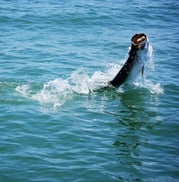
April 15, 2022

July 31, 2024
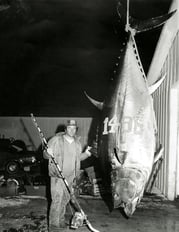
June 3, 2021

June 28, 2023
Related Articles
February 28, 2022
November 27, 2022
June 13, 2022
Featured Locations
- Fishing Charters Near Me
- Austin Fishing Guides
- Biloxi Fishing Charters
- Bradenton Fishing Charters
- Cabo San Lucas Fishing Charters
- Cancun Fishing Charters
- Cape Coral Fishing Charters
- Charleston Fishing Charters
- Clearwater Fishing Charters
- Corpus Christi Fishing Charters
- Crystal River Fishing Charters
- Dauphin Island Fishing Charters
- Daytona Beach Fishing Charters
- Destin Fishing Charters
- Fort Lauderdale Fishing Charters
- Fort Myers Fishing Charters
- Fort Walton Beach Fishing Charters
- Galveston Fishing Charters
- Gulf Shores Fishing Charters
- Hatteras Fishing Charters
- Hilton Head Fishing Charters
- Islamorada Fishing Charters
- Jacksonville Fishing Charters
- Jupiter Fishing Charters
- Key Largo Fishing Charters
- Key West Fishing Charters
- Kona Fishing Charters
- Lakeside Marblehead Fishing Charters
- Marathon Fishing Charters
- Marco Island Fishing Charters
- Miami Fishing Charters
- Montauk Fishing Charters
- Morehead City Fishing Charters
- Naples Fishing Charters
- New Orleans Fishing Charters
- New Smyrna Beach Fishing Charters
- Ocean City Fishing Charters
- Orange Beach Fishing Charters
- Panama City Beach Fishing Charters
- Pensacola Fishing Charters
- Pompano Beach Fishing Charters
- Port Aransas Fishing Charters
- Port Orange Fishing Charters
- Rockport Fishing Charters
- San Diego Fishing Charters
- San Juan Fishing Charters
- Sarasota Fishing Charters
- South Padre Island Fishing Charters
- St. Augustine Fishing Charters
- St. Petersburg Fishing Charters
- Tampa Fishing Charters
- Tarpon Springs Fishing Charters
- Venice Fishing Charters
- Virginia Beach Fishing Charters
- West Palm Beach Fishing Charters
- Wilmington Fishing Charters
- Wrightsville Beach Fishing Charters
